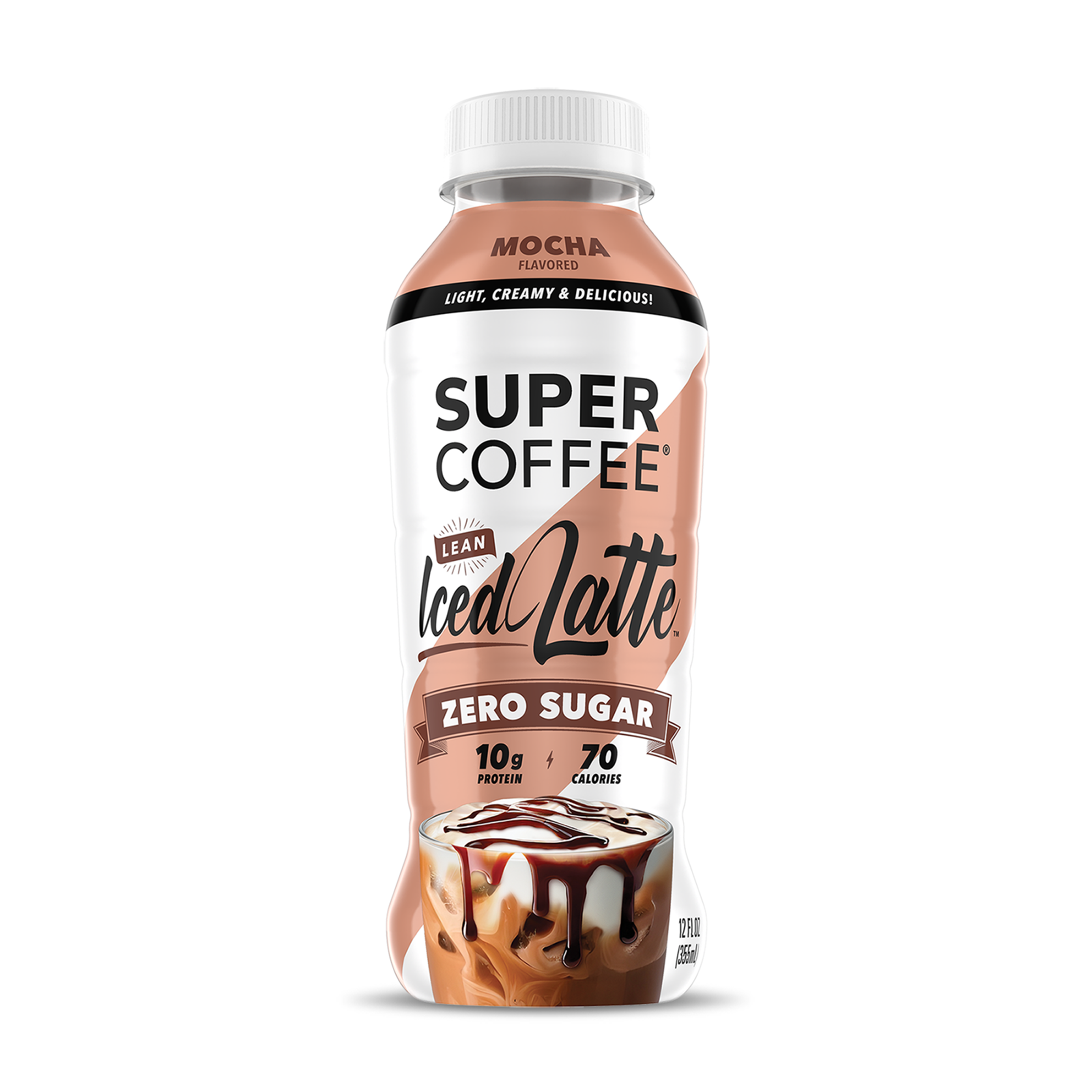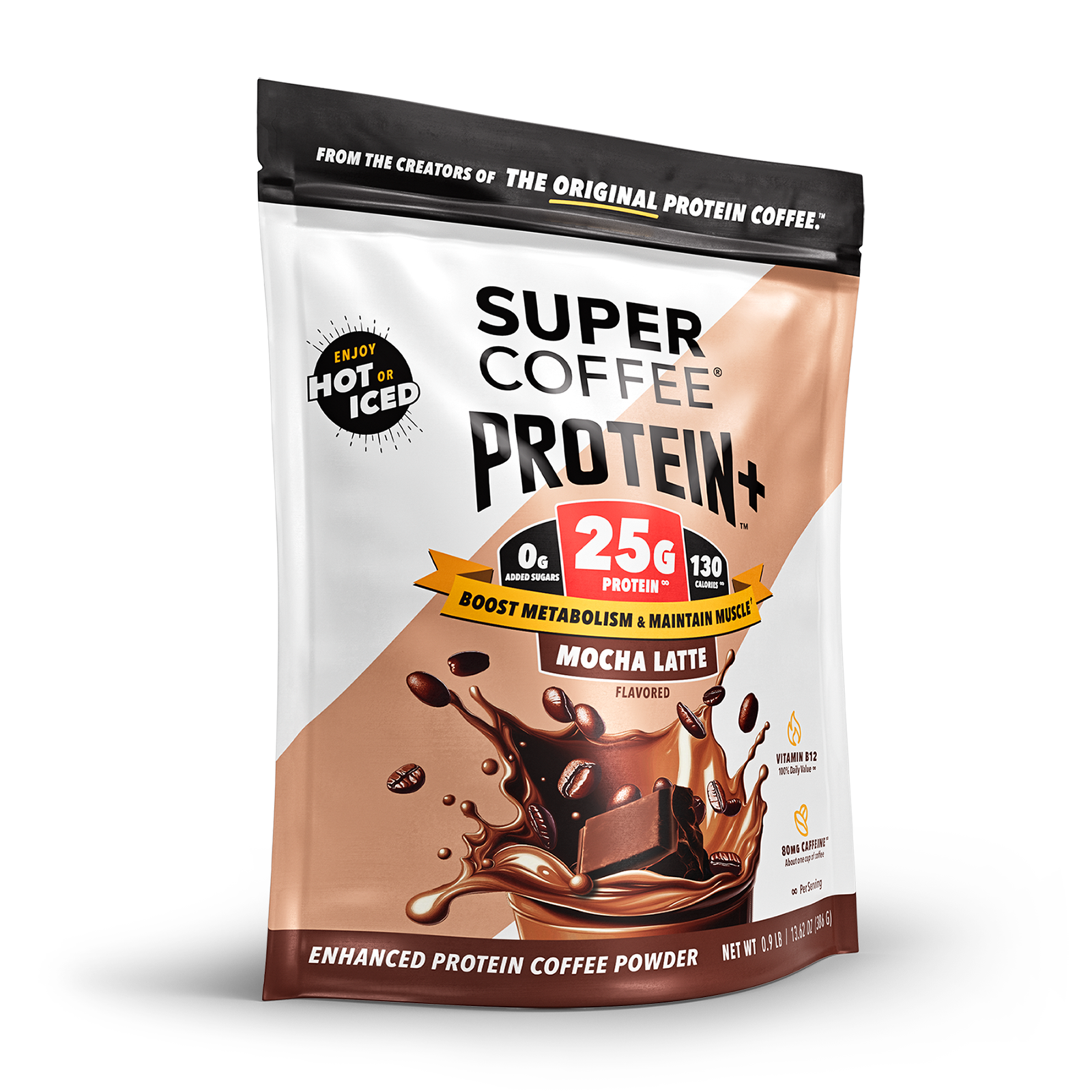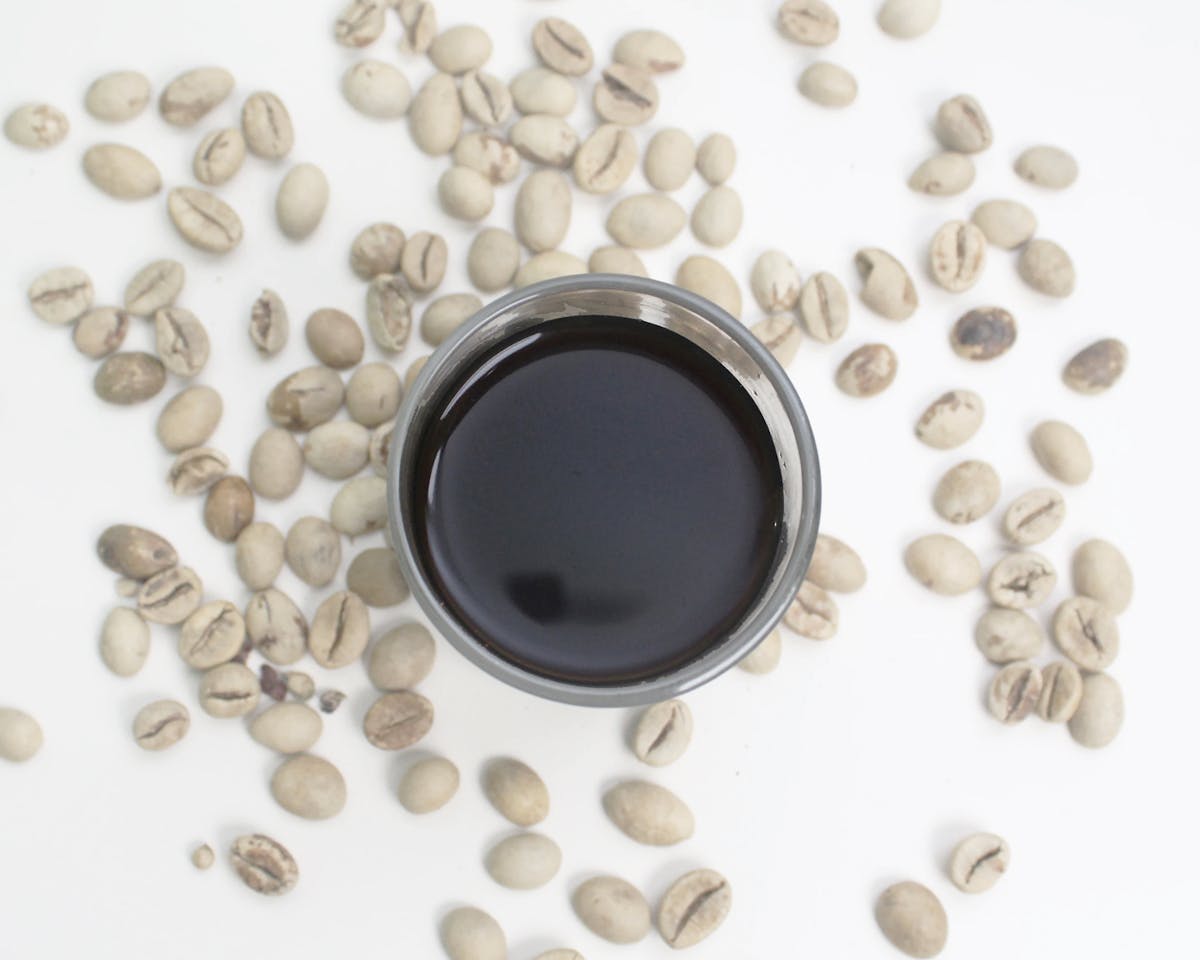Your cart is empty
If bananas are green, they’re not ripe enough to eat. If meat or potatoes turn green, they’re starting to go bad. If you see green spots on bread or fruit, it’s time to throw them out.
Green coffee? That’s a completely different matter.
You may have heard or read about green coffee supplements in connection with weight loss programs, but if you’ve ever gone to the supermarket or your local coffee shop to look for real green coffee, you may have been disappointed. Some carry it, but most don’t.
The purported weight loss benefits of green coffee are quite controversial, and we’ll get into that story shortly. Even so, it’s become quite popular in the health and wellness world for other reasons which we’ll also be discussing.
Despite the recent hype, green coffee isn’t some exotic variety sourced from specialty growers or far-away nations. In reality, there’s an enormous supply of green coffee beans on every coffee farm and plantation.
Even if you grow your own coffee at home, you’ve got plenty, too.
Let’s explain.

What Is Green Coffee?
Green coffee comes from green coffee beans.
And there’s a synonym for green coffee beans: coffee beans.
That’s right; green coffee is simply a product of regular, normal, raw coffee beans that haven’t been roasted yet. Coffee beans that have been picked and processed are green, and only take on their familiar brown color because of the roasting process.
(If you thought that coffee beans are red or yellow when picked, you’re half-right. Those are the coffee “cherries” that contain the beans.)
There’s one more definition we should cover before moving on: green coffee extract. Obviously, the substance is extracted from raw coffee beans, and it’s the product marketed as a weight loss supplement.
However, it also has an important use in the coffee industry. Green coffee bean extract is used in what’s called the Swiss Water process of decaffeinating coffee, an all-natural method which has only been used commercially since the 1980s.
So that’s the simple answer: green coffee is coffee that hasn’t been roasted. You can still drink it, though.
What Does Green Coffee Taste Like?
Most of the “coffee flavor” we’re accustomed to, as well as the brew’s trademark aroma, are attributable to the roasting process. So if you drink green coffee in a blind taste test, you might not even realize that it’s coffee.
Green coffee has a much milder, lighter flavor than regular coffee, and when it’s made properly it has a bit of thickness to it. Some describe the taste as “grassy” or compare it to that of green or herbal tea, but it’s not quite the same. It’s also more acidic than roasted coffee.
Coffee made from the raw green beans doesn’t really look like “coffee,” either. It usually has an amber color, sometimes with a hint of green.
Those are surface differences, though. The important question – at least when considering health and medical benefits – is whether roasted and green coffee have the same chemical characteristics. They don’t.
What Makes Green Coffee Different
Coffee beans contain compounds known as chlorogenic acids. Many other foods like blueberries, tomatoes and eggplants also contain these acids, but coffee has higher levels than all of them.
Chlorogenic acid, and one of its byproducts, caffeic acid (no relation to caffeine) are well-known to have strong antioxidant properties. In fact, it’s believed that many of coffee’s health benefits are due to the presence of these acids.
A funny thing happens when you roast coffee beans, however. As they take on more flavor, their chlorogenic acid levels are dramatically reduced.
In other words, unroasted coffee beans contain a much greater amount of the compounds credited with providing medical and wellness benefits – or to put it even more simply, green coffee is better for you than roasted coffee.
There’s one other difference between green and regular coffee: their caffeine levels.
It’s hard to generalize, since varieties of beans and methods of roasting all have an impact. However, roasting coffee beans does slowly lower the amount of caffeine in coffee; dark roast, for example, is less caffeinated than light roast.
So coffee made from raw green coffee beans, which have not been subjected to the roasting process at all, will contain a little more caffeine than a light roast, and quite a bit more than the darkest roasts. (That doesn’t hold true for green coffee extract; its use will result in lower caffeine intake.)
Now that the comparisons are out of the way, it’s time to get to the sections of this article that most readers are most interested in.
Health Benefits of Green Coffee
The long-running debate over green coffee extract’s supposed ability to help with weight loss deserves its own section – and who are we to say no?
We’ll deconstruct that debate after a rundown of the less-controversial medicinal and wellness benefits that green coffee can provide.
Blood Sugar and Diabetes
A number of studies have reported that green coffee (or its extract, taken in supplement form) can improve fasting blood glucose levels, triglyceride levels, and overall lipid profiles; all are intricately linked to the development or control of type 2 diabetes.
There’s also evidence that the antioxidant-rich chlorogenic acids contained in green coffee can improve insulin sensitivity and treat metabolic syndrome, major causes of diabetes, in prediabetic patients. The effects have been seen in both healthy and obese study participants.
Blood Pressure
There have been numerous research projects and clinical trials showing the ability of green bean coffee extract and chlorogenic acids to lower blood pressure in patients suffering with hypertension, while also improving their blood vessel function.
It certainly appears that the use of green coffee extract or dietary supplements could be an effective component in the treatment of hypertension, although the use of any alternative medicine approaches to treat illness or disease should always be cleared first by your primary healthcare professional.
High Cholesterol
A meta-analysis of research conducted on the green coffee bean extract’s ability to treat cholesterol levels shows great promise for the approach.
Improvements in total cholesterol, HDL (good) cholesterol and LDL (bad) cholesterol have all been demonstrated in patients using green coffee extract supplementation.
Other Possible Health Benefits
Studies on the ability of green coffee or its extract to treat a number of other illnesses or medical conditions are, to this point, inconclusive.
However, there have been some promising study results when chlorogenic acids or green coffee were tested to improve mood and exhaustion, brain function and neurodegenerative conditions like Parkinson’s and Alzheimer’s Diseases, and bacterial infections.
There are also encouraging preliminary animal or test tube studies showing that the chlorogenic acids in green coffee may be able to help treat skin cancer, as well as more serious forms of the disease including lung, liver, breast, and colon cancer.
And as we’ve already mentioned, chlorogenic acids are powerful antioxidants, theoretically able to fight the free radical damage that causes serious damage to the body and is a major factor in the development of numerous diseases.

Green Coffee Extract as a Weight Loss Supplement
About a decade ago, green coffee was widely touted as a miracle treatment for obesity.
Numerous manufacturers, given a jump start by the American talk show host Doctor Oz, were pushing green coffee supplements because of animal studies purportedly showing that green coffee did a better job of lowering body weight and fat accumulation than placebos.
Only a few human studies on the subject were performed, and an analysis of them by British scientist Igho Onakpoya found that they weren’t reliable; they were poorly constructed and conducted over very short durations.
No subsequent research has supported the weight loss claims, and health experts have discounted the possibility that green coffee extract can serve as a weight loss aid. Nevertheless, sales continue to boom.
Possible Side Effects of Green Coffee
Not all foods or supplements that are good for you are benign; many have potential drawbacks as well. Green coffee is no exception, but its possible side effects are minor ones.
The first is obvious, and it’s due to green coffee’s caffeine content.
Most people can handle moderate amounts of caffeine, of course, but when consumed to excess, caffeine can lead to the jitters of anxiety and sleep difficulties.
There’s no firm rule on how much green coffee is “too much,” since everyone reacts differently to caffeine. But drinking four or five cups per day seems to be the dividing line.
Too much caffeine may cause a spike in blood pressure, but on the other hand, the chlorogenic acid in green coffee can lower blood pressure.
Those conflicting effects can be an issue for people taking medications to treat hypertension, so they should seek medical advice before adding green coffee or green coffee supplements to their daily routine.

How to Consume Green Coffee
You can purchase green coffee or green coffee extract in four forms: whole beans, ground, powdered, in capsules.
You can also buy it by the cup in some coffee shops (including Starbucks) – if you go that last route, the quality of the coffee will depend on the beans they use and the baristas making it.
Powdered green coffee and capsules are intended for use as dietary supplements. Capsules are simply swallowed, of course, and the powder can be mixed with water or another beverage of your choice.
Making coffee from ground raw green coffee beans is simple. Steep the grounds in very hot (not boiling) water for ten minutes, strain and drink. A medium-fine grain produces the best results.
If you’re using raw green beans without grinding them, the process is almost as easy but requires a bit more time.
- Soak the beans in water overnight.
- Bring the beans/water mixture to a boil, simmer for fifteen minutes, then cool.
- Strain to remove the beans, and drink. Leftover coffee can be stored in the refrigerator for a few days.
Coffee aficionados will tell you that the better the beans, the better the coffee. That’s particularly true for green coffee, since roasting doesn’t enter the picture.
Raw green coffee beans from Ethiopia (full-bodied) and Guatemala (smoother) are among the best you can find, but as long as you purchase from a reputable coffee supplier, you should be able to enjoy just about all of green coffee’s health benefits and unique taste.
Blog posts

Cold, creamy and delicious - This chocolatey cold brew recipe is the perfect treat to kickstart your morning! The Recipe Chocolate Cream Cold Brew Prep Time: 1 minutes Cook Time: 5 minutes Ingre...

Indulge in the warm embrace of autumn with Pumpkin Spice Snickerdoodles - soft, spiced, and utterly irresistible! The Recipe Pumpkin Spice Snickerdoodles Prep Time: 10 minutes Cook Time: 1 hour ...

Low Carb Berries & Cream Waffles
These low carb/low sugar waffles are delicious, wonderfully crispy on the outside, and fluffy on the inside. You can also double batch and freeze for easy weekday breakfasts. Featuring our almost-...
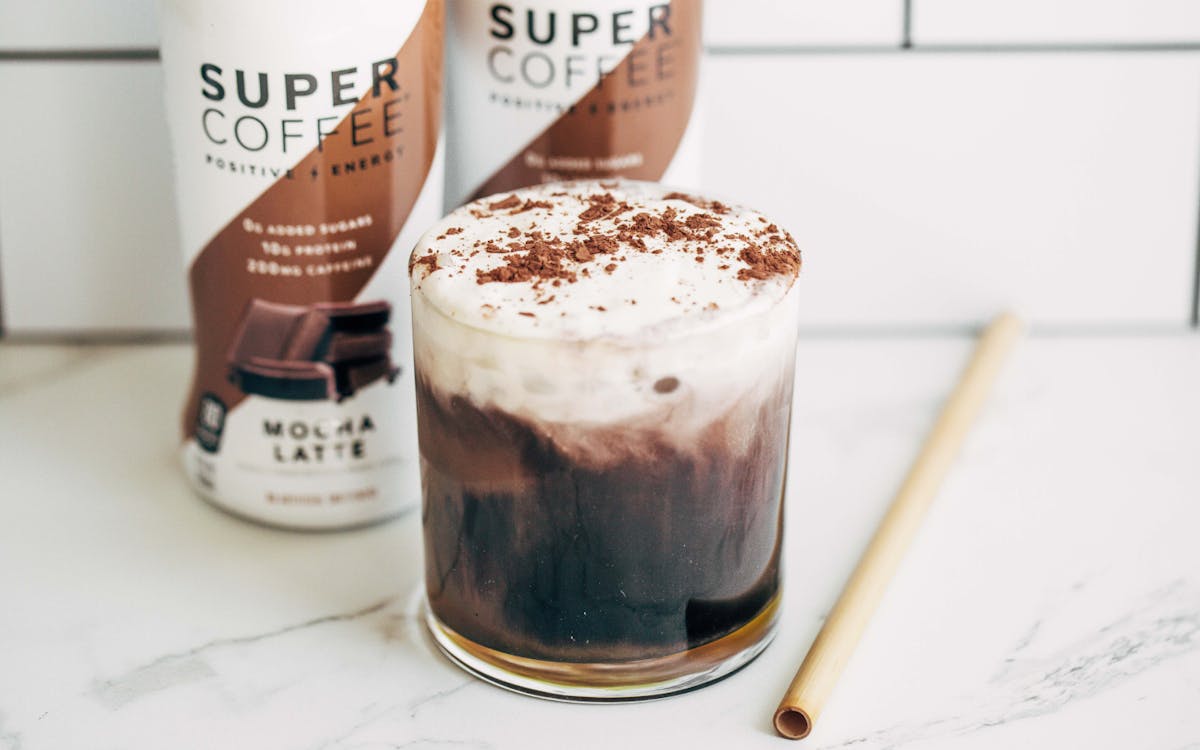
This may be the most fun latte recipe we’ve tried yet! With gooey & decadent black chocolate drizzle and a thick layer of creamy French Vanilla, just one sip of this iced latte will transport ...
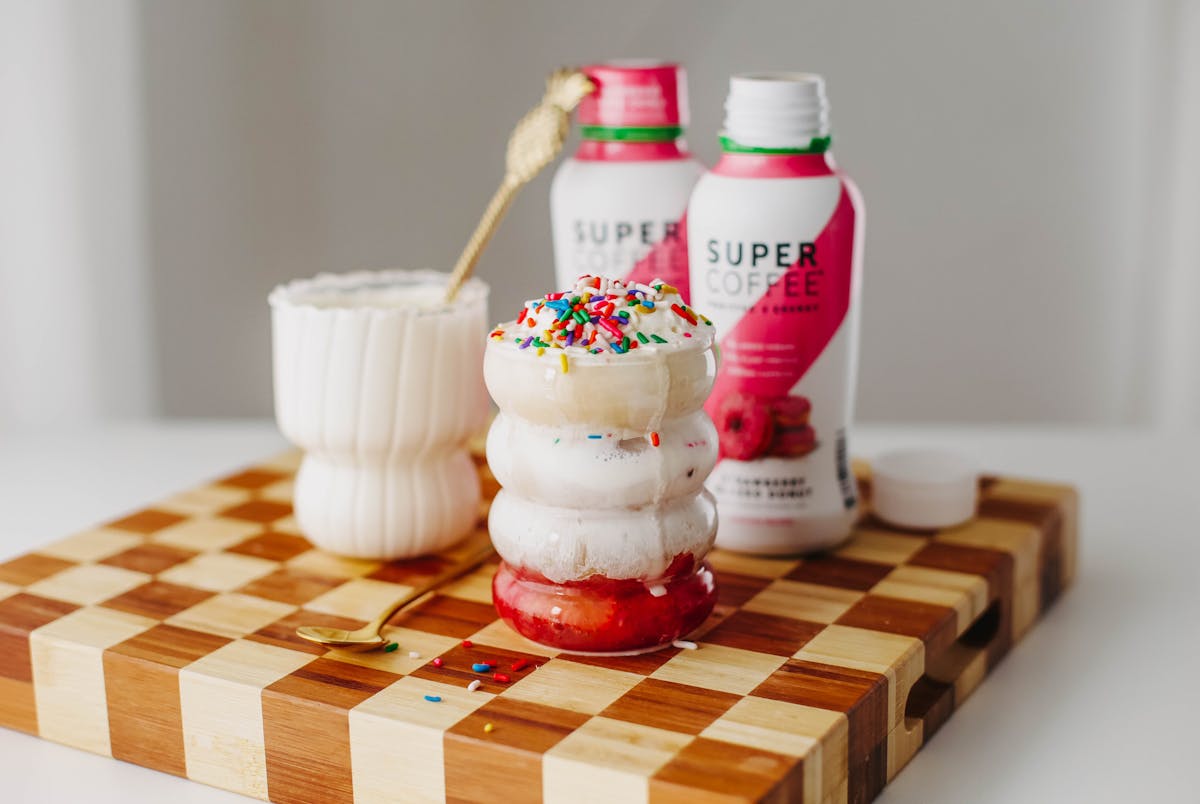
Strawberry Sprinkle Keto Coffee Recipe
Nutritional Info Calories: 274 Fat: 26.7g Carbs: 5.7g Protein: 4.5g Sugar: 2.1g Ingredients 3 strawberries, sliced. 3-4 tbsp heavy cream or half & half. Enough ice to fill a glass. 1/2 cup S...

8 Healthy Coffee Recipes That Are Better Than Starbucks
There’s no question about it. Coffee is good for you. Those who don’t like black coffee, of course, commonly add milk, cream and sugar – even if that also means adding calories, fat or carbs to the...



